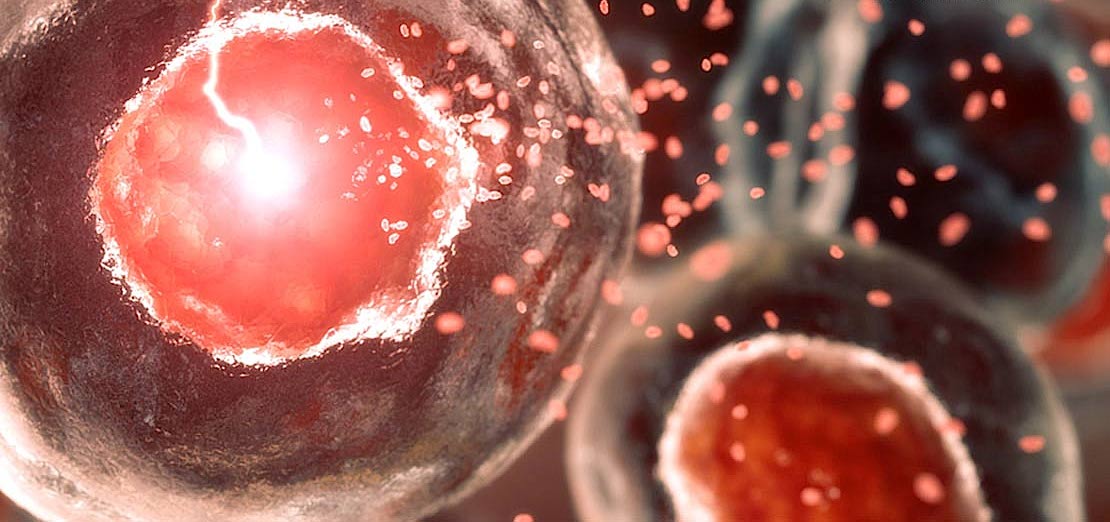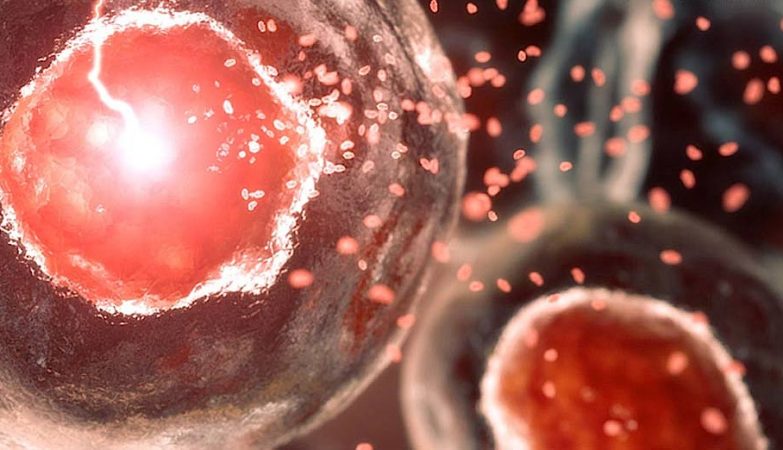The formation of cancer cells is a process that researchers are still trying to fully understand.
Normally, normal cells grow and multiply, replacing old and damaged cells. Sometimes this process stops working, causing the cells to stop working out of control and progresses until it becomes a polyp, as described in an article by conversation.
Traditionally, cancer treatments — chemotherapy, immunotherapy, radiation, and surgery — focus on killing cancer cells. Another type of treatment using stem cells, called differentiation therapy, focuses on turning cancer cells into normal cells.
Stem cells are unspecialized cells, which means they can become any of the many types of cells that make up different parts of the body. They can regenerate cells in the skin, bones, blood, and other organs Regeneration and repair of damaged tissues.
There are different types of stem cells. Embryonic cells are the first cells to be formed, after the sperm fertilizes the egg, and can give rise to all other types of cells in the human body.
Adult stem cells are more mature, which means they can replace damaged cells in only one type of organ and have a limited ability to reproduce. Researchers can reprogram adult stem cells in the laboratory to act like embryonic stem cells.
Cells become specialized during development.
Stem cells can survive longer than normal cells, and they have More likely to accumulate genetic mutations. This is why many tumors contain a small pool of stem cells. These are thought to be responsible, at least in part, for cancer initiation, progression, metastasis, recurrence, and resistance to treatment.
The analyzes also show that CSCs can differentiate into multiple types of cells, including non-cancerous cells. Researchers are taking advantage of this with a type of treatment called differentiation therapy.
The concept was created after scientists noticed that hormones and cytokines – essential proteins in cellular communication – can stimulate stem cells to They mature and lose their ability to regenerate.
Forcing CSCs to differentiate into more mature cells prevents them from reproducing and turning into normal cells.
Differentiation therapy has been successful in treating acute myeloid leukemia, an aggressive type of blood cancer. In this case, retinoic acid and arsenic are used to block a protein that prevents myeloid cells (a type of cell derived from the bone marrow) from maturing. By allowing these cells to mature, they lose their cancerous qualities.
Moreover, because differentiation therapy does not focus on killing cancer cells and It does not harm healthy cells With harmful chemicals, they can be less toxic than conventional treatments.
There are many other ways to use stem cells to treat cancer. For example, cancer stem cells can be targeted directly to stop their growth, or turned into “Trojan horses” that attack other cancer cells.
Silent CSCs, which do not divide but remain alive, are another potential target. These cells play a major role in treatment resistance in many types of cancer because they are able to regenerate and avoid death better than normal CSCs.
This can last for decades.. They are also challenging to differentiate from normal CSCs, making them difficult to study.
Researchers can also genetically engineer stem cells to express a protein that binds to a desired target in a cancer cell, increasing the effectiveness of treatments by delivering drugs directly to the tumor.
For example, mesenchymal stem cells, which are derived from bone marrow, migrate normally toward and adhere to tumors and can be used to provide The drugs directly into the cancer cells.
While stem cells have many advantages in their use in cancer treatment, they also face a number of challenges. Many of the current stem cell therapies that are not used in combination with other drugs are unable to completely eradicate tumors.
There are also concerns about stem cell therapies that can promote tumor growth.
Despite these challenges, stem cell technologies have the potential to open up new avenues for treating cancer. Genetic engineering can be combined with stem cells Overcoming major barriers to chemotherapysuch as toxicity of healthy cells.

“Wannabe internet buff. Future teen idol. Hardcore zombie guru. Gamer. Avid creator. Entrepreneur. Bacon ninja.”


